Most Read Articles
See what your peers are reading! The Cardiovascular Research editors invite you to read the top 20 most read articles published within the past 12 months. This page is automated to reflect current readership, so bookmark this page and check back often to stay up-to-date with recent changes.
Discover most read articles from the ESC Journal family
Glucagon-like peptide-1 increases heart rate by a direct action on the sinus node
Anniek Frederike Lubberding and others
Cardiovascular Research, Volume 120, Issue 12, August 2024, Pages 1427–1441, https://doi.org/10.1093/cvr/cvae120
 Aims Glucagon-like peptide-1 receptor agonists (GLP-1 RAs) are increasingly used to treat type 2 diabetes and obesity. Albeit cardiovascular outcomes generally improve, treatment with GLP-1 RAs is associated with increased heart rate, the mechanism of which is unclear. Methods and results We employed a large animal model, ...
Aims Glucagon-like peptide-1 receptor agonists (GLP-1 RAs) are increasingly used to treat type 2 diabetes and obesity. Albeit cardiovascular outcomes generally improve, treatment with GLP-1 RAs is associated with increased heart rate, the mechanism of which is unclear. Methods and results We employed a large animal model, ...
Blood pressure and the brain: the conundrum of hypertension and dementia
Rebecca F Gottesman and others
Cardiovascular Research, Volume 120, Issue 18, December 2024, Pages 2360–2372, https://doi.org/10.1093/cvr/cvaf010
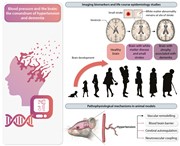 As the population ages, the anticipated rates of dementia worldwide are likely to increase dramatically, especially in low- and middle-income countries; thus, any opportunity to modify dementia risk is especially critical. Hypertension is one risk factor that is highly prevalent, consistently important for late-life brain ...
As the population ages, the anticipated rates of dementia worldwide are likely to increase dramatically, especially in low- and middle-income countries; thus, any opportunity to modify dementia risk is especially critical. Hypertension is one risk factor that is highly prevalent, consistently important for late-life brain ...
The role of epicardial adipose tissue remodelling in heart failure with preserved ejection fraction
Carolina Janssen-Telders and others
Cardiovascular Research, cvaf056, https://doi.org/10.1093/cvr/cvaf056
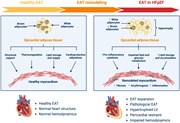 Heart failure with preserved ejection fraction (HFpEF) is a growing global health problem characterized by high morbidity and mortality, with limited effective therapies available. Obesity significantly influences haemodynamic and structural changes in the myocardium and vasculature, primarily through the accumulation and ...
Heart failure with preserved ejection fraction (HFpEF) is a growing global health problem characterized by high morbidity and mortality, with limited effective therapies available. Obesity significantly influences haemodynamic and structural changes in the myocardium and vasculature, primarily through the accumulation and ...
Biological basis and treatment of frailty and sarcopenia
Ryosuke Sato and others
Cardiovascular Research, Volume 120, Issue 9, June 2024, Pages 982–998, https://doi.org/10.1093/cvr/cvae073
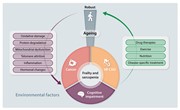 In an ageing society, the importance of maintaining healthy life expectancy has been emphasized. As a result of age-related decline in functional reserve, frailty is a state of increased vulnerability and susceptibility to adverse health outcomes with a serious impact on healthy life expectancy. The decline in skeletal ...
In an ageing society, the importance of maintaining healthy life expectancy has been emphasized. As a result of age-related decline in functional reserve, frailty is a state of increased vulnerability and susceptibility to adverse health outcomes with a serious impact on healthy life expectancy. The decline in skeletal ...
Opportunities and challenges for the use of human samples in translational cardiovascular research: a scientific statement of the ESC Working Group on Cellular Biology of the Heart, the ESC Working Group on Cardiovascular Surgery, the ESC Council on Basic Cardiovascular Science, the ESC Scientists of Tomorrow, the European Association of Percutaneous Cardiovascular Interventions of the ESC, and the Heart Failure Association of the ESC
Sean M Davidson and others
Cardiovascular Research, cvaf023, https://doi.org/10.1093/cvr/cvaf023
 Animal models offer invaluable insights into disease mechanisms but cannot entirely mimic the variability and heterogeneity of human populations, nor the increasing prevalence of multi-morbidity. Consequently, employing human samples—such as whole blood or fractions, valvular and vascular tissues, myocardium, pericardium, ...
Animal models offer invaluable insights into disease mechanisms but cannot entirely mimic the variability and heterogeneity of human populations, nor the increasing prevalence of multi-morbidity. Consequently, employing human samples—such as whole blood or fractions, valvular and vascular tissues, myocardium, pericardium, ...
SerpinB1 targeting safeguards against pathological cardiac hypertrophy and remodelling by suppressing cardiomyocyte pyroptosis and inflammation initiation
Cong Lan and others
Cardiovascular Research, Volume 121, Issue 1, January 2025, Pages 113–127, https://doi.org/10.1093/cvr/cvae241
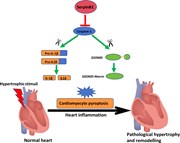 Aims While the pivotal role of inflammation in pathological cardiac hypertrophy and remodelling is widely acknowledged, the mechanisms triggering inflammation initiation remain largely obscure. This study aims to elucidate the role and mechanism of serpin family B member 1 (SerpinB1) in pro-inflammatory cardiomyocyte ...
Aims While the pivotal role of inflammation in pathological cardiac hypertrophy and remodelling is widely acknowledged, the mechanisms triggering inflammation initiation remain largely obscure. This study aims to elucidate the role and mechanism of serpin family B member 1 (SerpinB1) in pro-inflammatory cardiomyocyte ...
Loss of conserved long non-coding RNA MIR503HG leads to altered NOTCH pathway signalling and left ventricular non-compaction cardiomyopathy
João P Monteiro and others
Cardiovascular Research, cvaf043, https://doi.org/10.1093/cvr/cvaf043
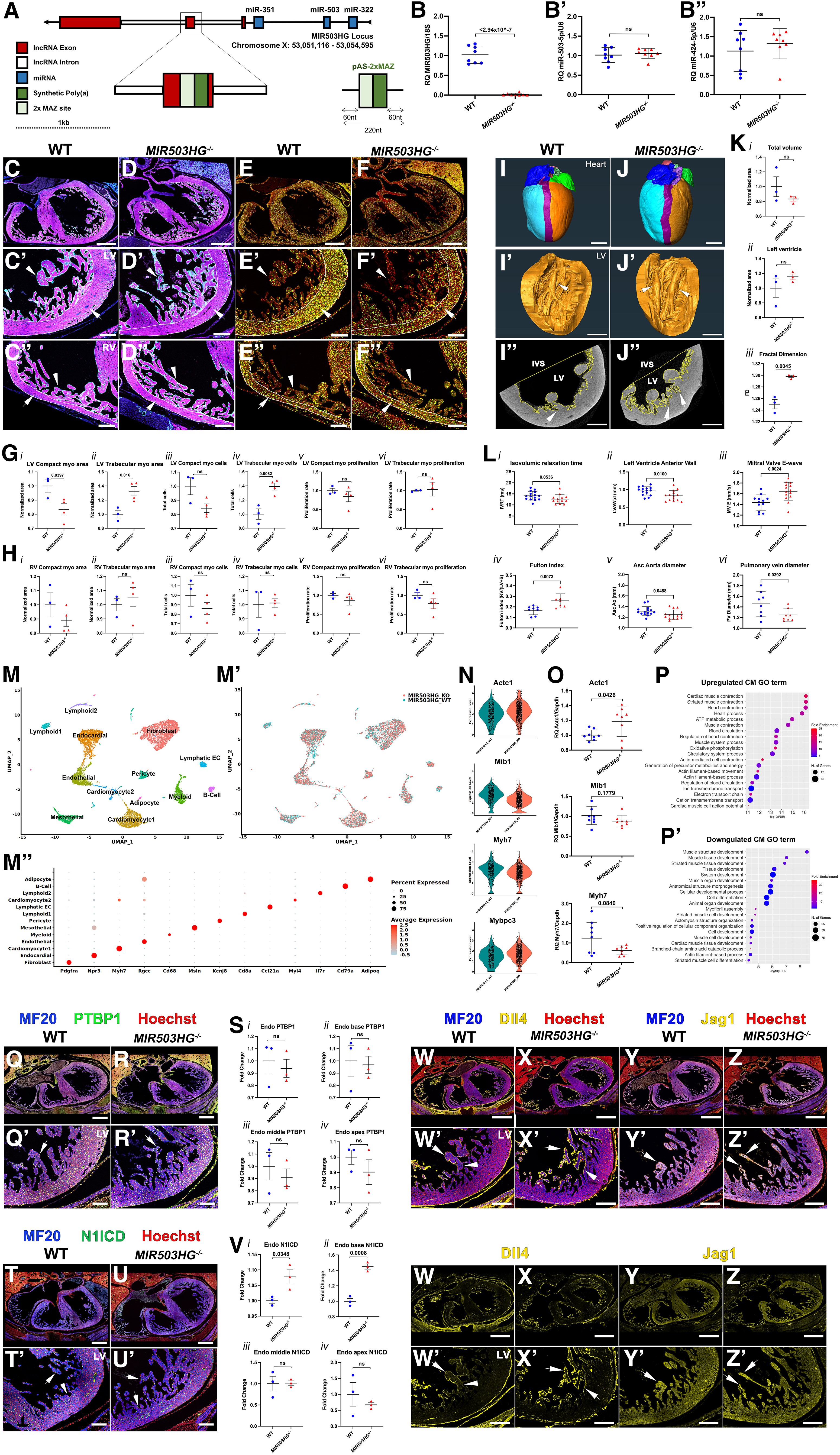 Aims The highly conserved long non-coding RNA (lncRNA) MIR505HG has been primarily recognized as a precursor for microRNAs (miR)-424 and miR-503. However, studies have since demonstrated that MIR503HG has distinct functions from its associated miRNAs, playing important roles in cell proliferation, invasion, apoptosis, and ...
Aims The highly conserved long non-coding RNA (lncRNA) MIR505HG has been primarily recognized as a precursor for microRNAs (miR)-424 and miR-503. However, studies have since demonstrated that MIR503HG has distinct functions from its associated miRNAs, playing important roles in cell proliferation, invasion, apoptosis, and ...
Heart–brain axis in health and disease: role of innate and adaptive immunity
Alba Simats and others
Cardiovascular Research, Volume 120, Issue 18, December 2024, Pages 2325–2335, https://doi.org/10.1093/cvr/cvae185
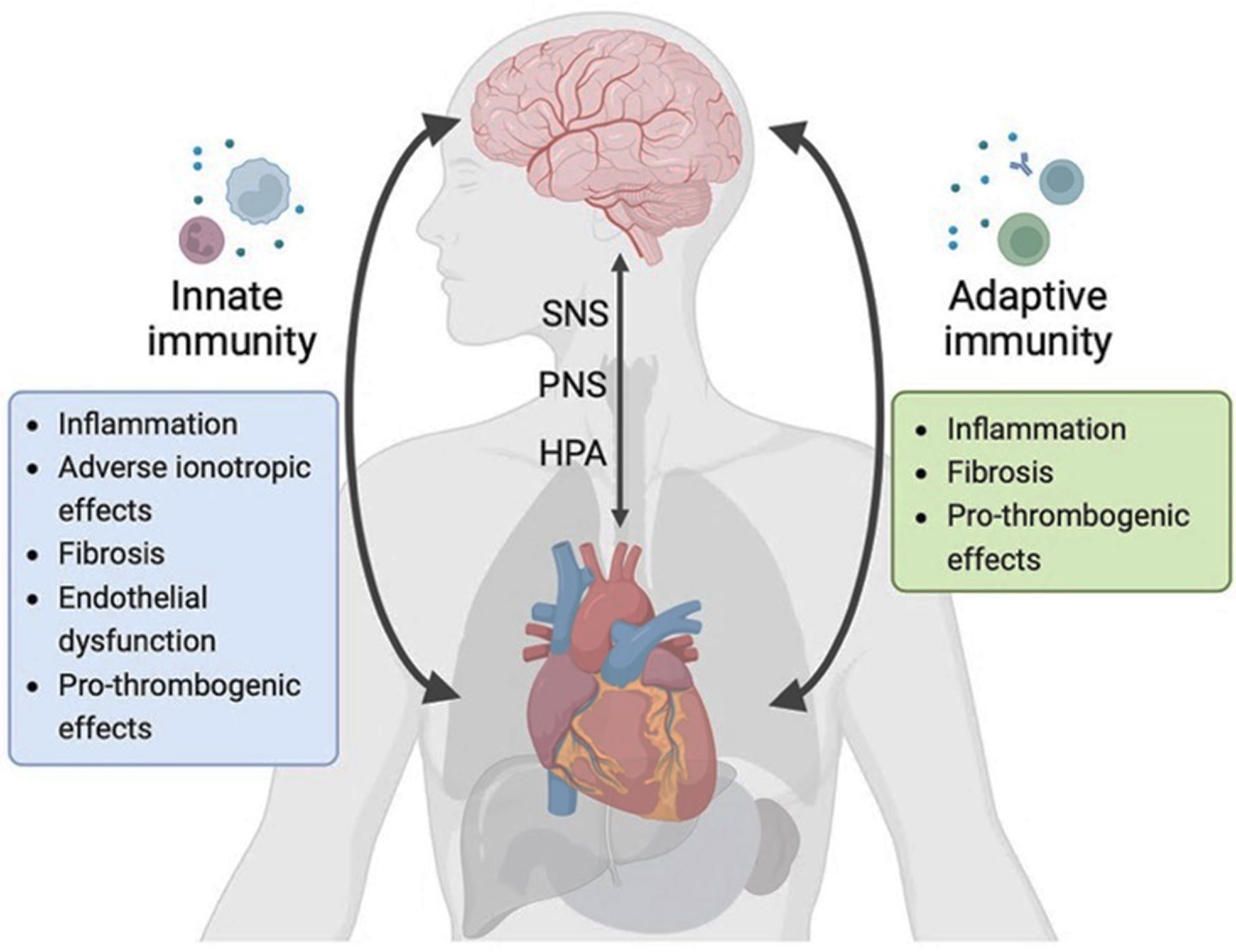 The importance of the brain–heart interaction has been increasingly recognized as a critical physiological axis that is altered in disease. In this review, we explore the intricate relationship between the central nervous system and cardiovascular health, focusing particularly on immunological mechanisms that influence the ...
The importance of the brain–heart interaction has been increasingly recognized as a critical physiological axis that is altered in disease. In this review, we explore the intricate relationship between the central nervous system and cardiovascular health, focusing particularly on immunological mechanisms that influence the ...
Immune cells and arrhythmias
Joshua A Keefe and others
Cardiovascular Research, Volume 121, Issue 3, February 2025, Pages 382–395, https://doi.org/10.1093/cvr/cvaf017
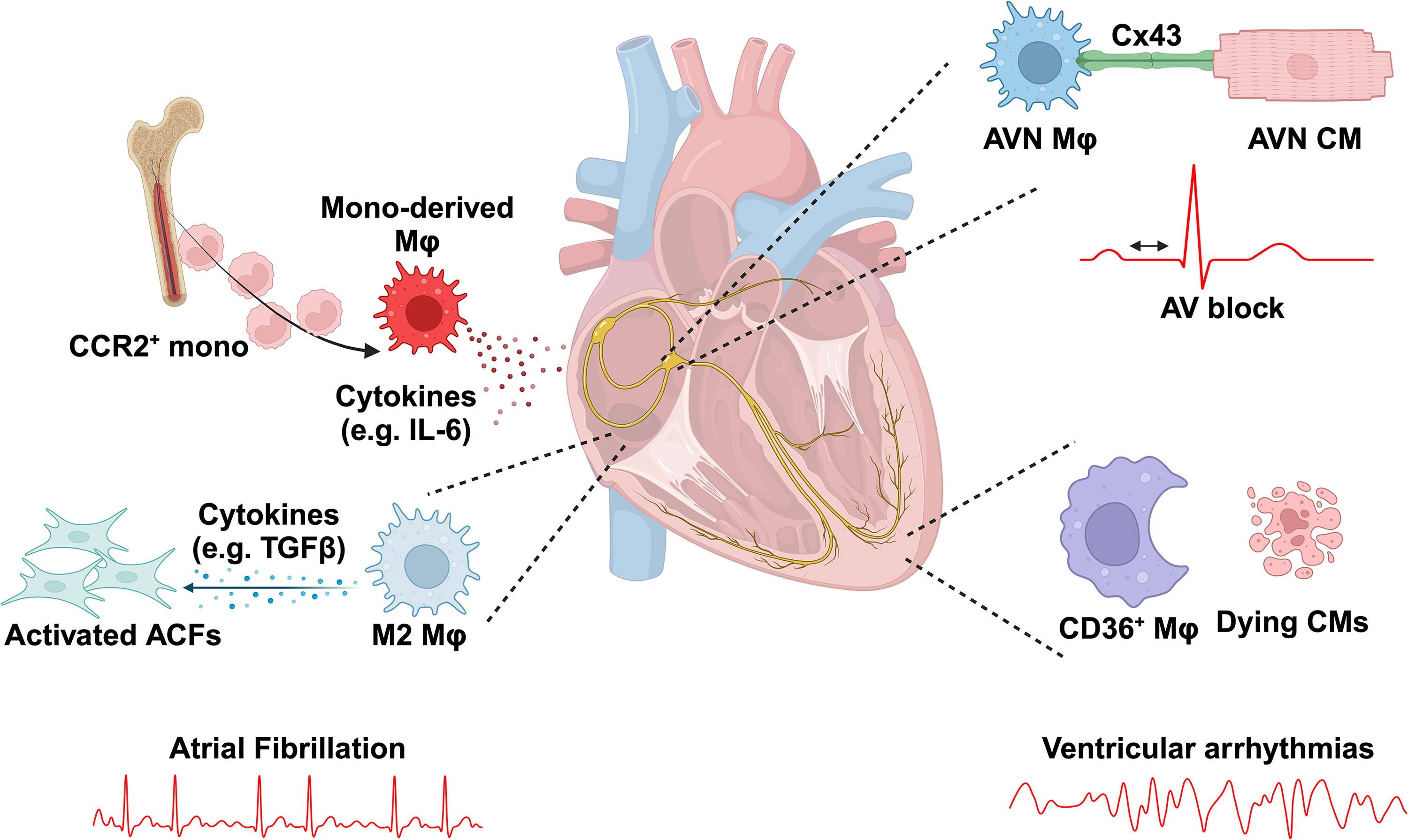 Cardiac arrhythmias are a significant cause of morbidity and mortality worldwide. Emerging evidence has demonstrated that resident and infiltrating cardiac immune cells play direct, mechanistic roles in arrhythmia onset and progression. In this review, we provide a comprehensive summary and expert commentary on the role of ...
Cardiac arrhythmias are a significant cause of morbidity and mortality worldwide. Emerging evidence has demonstrated that resident and infiltrating cardiac immune cells play direct, mechanistic roles in arrhythmia onset and progression. In this review, we provide a comprehensive summary and expert commentary on the role of ...
Glucose-dependent insulinotropic polypeptide/glucagon-like peptide 1 receptor agonist tirzepatide promotes branched chain amino acid catabolism to prevent myocardial infarction in non-diabetic mice
Mengya Chen and others
Cardiovascular Research, Volume 121, Issue 3, February 2025, Pages 454–467, https://doi.org/10.1093/cvr/cvaf005
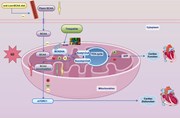 Aims A novel dual glucose-dependent insulinotropic polypeptide and glucagon-like peptide 1 receptor agonist, tirzepatide (LY3298176, TZP), has been developed to treat Type 2 diabetes mellitus (T2DM). In ischaemic heart diseases, TZP is involved in cardiac metabolic processes. However, its efficacy and safety in treating ...
Aims A novel dual glucose-dependent insulinotropic polypeptide and glucagon-like peptide 1 receptor agonist, tirzepatide (LY3298176, TZP), has been developed to treat Type 2 diabetes mellitus (T2DM). In ischaemic heart diseases, TZP is involved in cardiac metabolic processes. However, its efficacy and safety in treating ...
NRF2 activation in the heart induces glucose metabolic reprogramming and reduces cardiac dysfunction via upregulation of the pentose phosphate pathway
Anna Zoccarato and others
Cardiovascular Research, Volume 121, Issue 2, January 2025, Pages 339–352, https://doi.org/10.1093/cvr/cvae250
 Aims The transcription factor nuclear factor erythroid–derived 2-like 2 (NRF2) is well recognized as a master regulator of antioxidant responses and cytoprotective genes. Previous studies showed that NRF2 enhances the resistance of mouse hearts to chronic haemodynamic overload, at least in part by reducing oxidative ...
Aims The transcription factor nuclear factor erythroid–derived 2-like 2 (NRF2) is well recognized as a master regulator of antioxidant responses and cytoprotective genes. Previous studies showed that NRF2 enhances the resistance of mouse hearts to chronic haemodynamic overload, at least in part by reducing oxidative ...
Causal cardiovascular risk factors for dementia: insights from observational and genetic studies
Emilie Westerlin Kjeldsen and Ruth Frikke-Schmidt
Cardiovascular Research, Volume 121, Issue 4, March 2025, Pages 537–549, https://doi.org/10.1093/cvr/cvae235
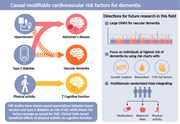 The escalating prevalence of dementia worldwide necessitates preventive strategies to mitigate its extensive health, psychological, and social impacts. As the prevalence of dementia continues to rise, gaining insights into its risk factors and causes becomes paramount, given the absence of a definitive cure. Cardiovascular ...
The escalating prevalence of dementia worldwide necessitates preventive strategies to mitigate its extensive health, psychological, and social impacts. As the prevalence of dementia continues to rise, gaining insights into its risk factors and causes becomes paramount, given the absence of a definitive cure. Cardiovascular ...
Cardiomyocyte SORBS2 expression increases in heart failure and regulates integrin interactions and extracellular matrix composition
Louk T Timmer and others
Cardiovascular Research, Volume 121, Issue 4, March 2025, Pages 585–600, https://doi.org/10.1093/cvr/cvaf021
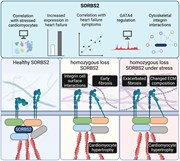 Aims In this study, we aimed to uncover genes associated with stressed cardiomyocytes by combining single-cell transcriptomic data sets from failing cardiac tissue from both humans and mice. Methods and results Our bioinformatic analysis identified SORBS2 as conserved NPPA -correlated gene. Using mouse models and cardiac ...
Aims In this study, we aimed to uncover genes associated with stressed cardiomyocytes by combining single-cell transcriptomic data sets from failing cardiac tissue from both humans and mice. Methods and results Our bioinformatic analysis identified SORBS2 as conserved NPPA -correlated gene. Using mouse models and cardiac ...
Circular RNAs increase during vascular cell differentiation and are biomarkers for vascular disease
Bernd H Northoff and others
Cardiovascular Research, Volume 121, Issue 3, February 2025, Pages 405–423, https://doi.org/10.1093/cvr/cvaf013
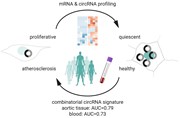 Aims The role of circular RNAs (circRNAs) and their regulation in health and disease are poorly understood. Here, we systematically investigated the temporally resolved transcriptomic expression of circRNAs during differentiation of human induced pluripotent stem cells (iPSCs) into vascular endothelial cells (ECs) and ...
Aims The role of circular RNAs (circRNAs) and their regulation in health and disease are poorly understood. Here, we systematically investigated the temporally resolved transcriptomic expression of circRNAs during differentiation of human induced pluripotent stem cells (iPSCs) into vascular endothelial cells (ECs) and ...
Inflammageing, a targetable pathway for preventing cardiovascular diseases
Juan Francisco Aranda and others
Cardiovascular Research, cvae240, https://doi.org/10.1093/cvr/cvae240
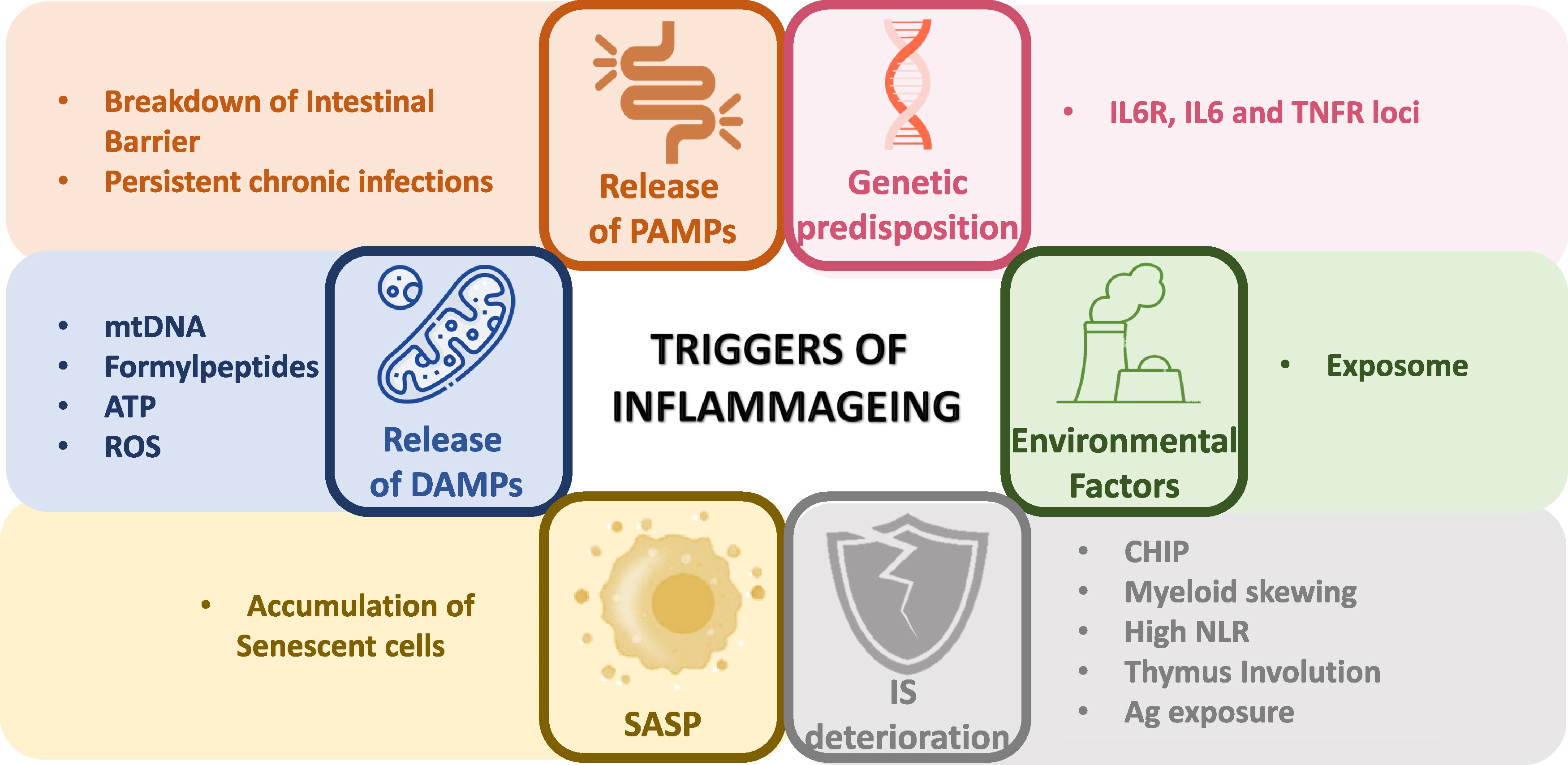 Inflammageing, characterized by persistent chronic inflammation in older adults, has emerged as a critical factor linked to age-related diseases, such as cardiovascular diseases (CVDs), metabolic disorders, and cognitive decline, which collectively contribute to the leading causes of death globally. Elevated levels of ...
Inflammageing, characterized by persistent chronic inflammation in older adults, has emerged as a critical factor linked to age-related diseases, such as cardiovascular diseases (CVDs), metabolic disorders, and cognitive decline, which collectively contribute to the leading causes of death globally. Elevated levels of ...
Advances in myocardial energy metabolism: metabolic remodelling in heart failure and beyond
Qiuyu Sun and others
Cardiovascular Research, Volume 120, Issue 16, November 2024, Pages 1996–2016, https://doi.org/10.1093/cvr/cvae231
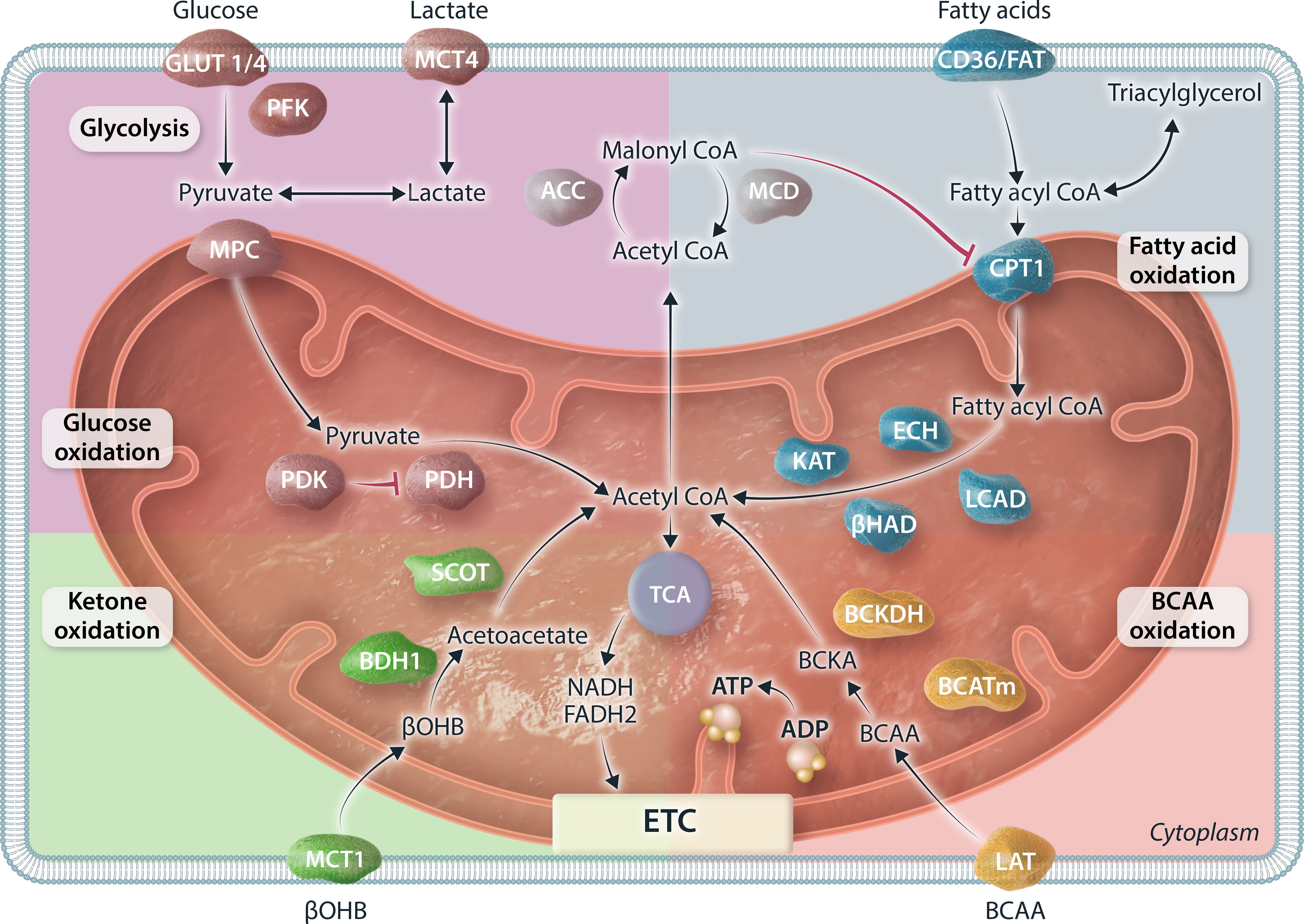 The very high energy demand of the heart is primarily met by adenosine triphosphate (ATP) production from mitochondrial oxidative phosphorylation, with glycolysis providing a smaller amount of ATP production. This ATP production is markedly altered in heart failure, primarily due to a decrease in mitochondrial oxidative ...
The very high energy demand of the heart is primarily met by adenosine triphosphate (ATP) production from mitochondrial oxidative phosphorylation, with glycolysis providing a smaller amount of ATP production. This ATP production is markedly altered in heart failure, primarily due to a decrease in mitochondrial oxidative ...
A novel long-acting relaxin-2 fusion, AZD3427, improves cardiac performance in non-human primates with cardiac dysfunction
Monika Papworth and others
Cardiovascular Research, cvaf031, https://doi.org/10.1093/cvr/cvaf031
 Aims Relaxin-2, a well-known human hormone primarily associated with pregnancy, has shown promising cardiovascular benefits in both pre-clinical models and clinical trials. However, its therapeutic potential has been limited due to the short half-life and the short duration of treatment. To address this, we developed ...
Aims Relaxin-2, a well-known human hormone primarily associated with pregnancy, has shown promising cardiovascular benefits in both pre-clinical models and clinical trials. However, its therapeutic potential has been limited due to the short half-life and the short duration of treatment. To address this, we developed ...
Endothelial insulin-like growth factor-1 signalling regulates vascular barrier function and atherogenesis
Michael Drozd and others
Cardiovascular Research, cvaf055, https://doi.org/10.1093/cvr/cvaf055
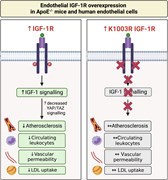 Aims Progressive deposition of cholesterol in the arterial wall characterizes atherosclerosis, which underpins most cases of myocardial infarction and stroke. Insulin-like growth factor-1 (IGF-1) is a hormone that regulates systemic growth and metabolism and possesses anti-atherosclerotic properties. We asked whether ...
Aims Progressive deposition of cholesterol in the arterial wall characterizes atherosclerosis, which underpins most cases of myocardial infarction and stroke. Insulin-like growth factor-1 (IGF-1) is a hormone that regulates systemic growth and metabolism and possesses anti-atherosclerotic properties. We asked whether ...
Cardioprotection exerted by intravenous statin at index myocardial infarction event attenuates cardiac damage upon recurrent infarction
Gemma Vilahur and others
Cardiovascular Research, Volume 121, Issue 2, January 2025, Pages 283–295, https://doi.org/10.1093/cvr/cvae264
 Aims Recurrent acute myocardial infarction (RE-AMI) is a frequent complication after STEMI, and its association with stent thrombosis can be life-threatening. Intravenous atorvastatin (IV-atorva) administration during AMI has been shown to limit infarct size and adverse cardiac remodelling. We determined by cardiac ...
Aims Recurrent acute myocardial infarction (RE-AMI) is a frequent complication after STEMI, and its association with stent thrombosis can be life-threatening. Intravenous atorvastatin (IV-atorva) administration during AMI has been shown to limit infarct size and adverse cardiac remodelling. We determined by cardiac ...
Double-stranded DNA enhances platelet activation, thrombosis, and myocardial injury via cyclic GMP-AMP synthase
Wei Zhang and others
Cardiovascular Research, Volume 121, Issue 2, January 2025, Pages 353–366, https://doi.org/10.1093/cvr/cvae218
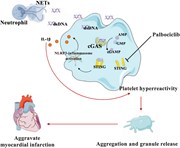 Aims Elevated dsDNA levels in ST-elevated myocardial infarction (STEMI) patients are associated with increased infarct size and worse clinical outcomes. However, the direct effect of dsDNA on platelet activation remains unclear. This study aims to investigate the direct influence of dsDNA on platelet activation, ...
Aims Elevated dsDNA levels in ST-elevated myocardial infarction (STEMI) patients are associated with increased infarct size and worse clinical outcomes. However, the direct effect of dsDNA on platelet activation remains unclear. This study aims to investigate the direct influence of dsDNA on platelet activation, ...
Advertisement intended for healthcare professionals
Advertisement intended for healthcare professionals


